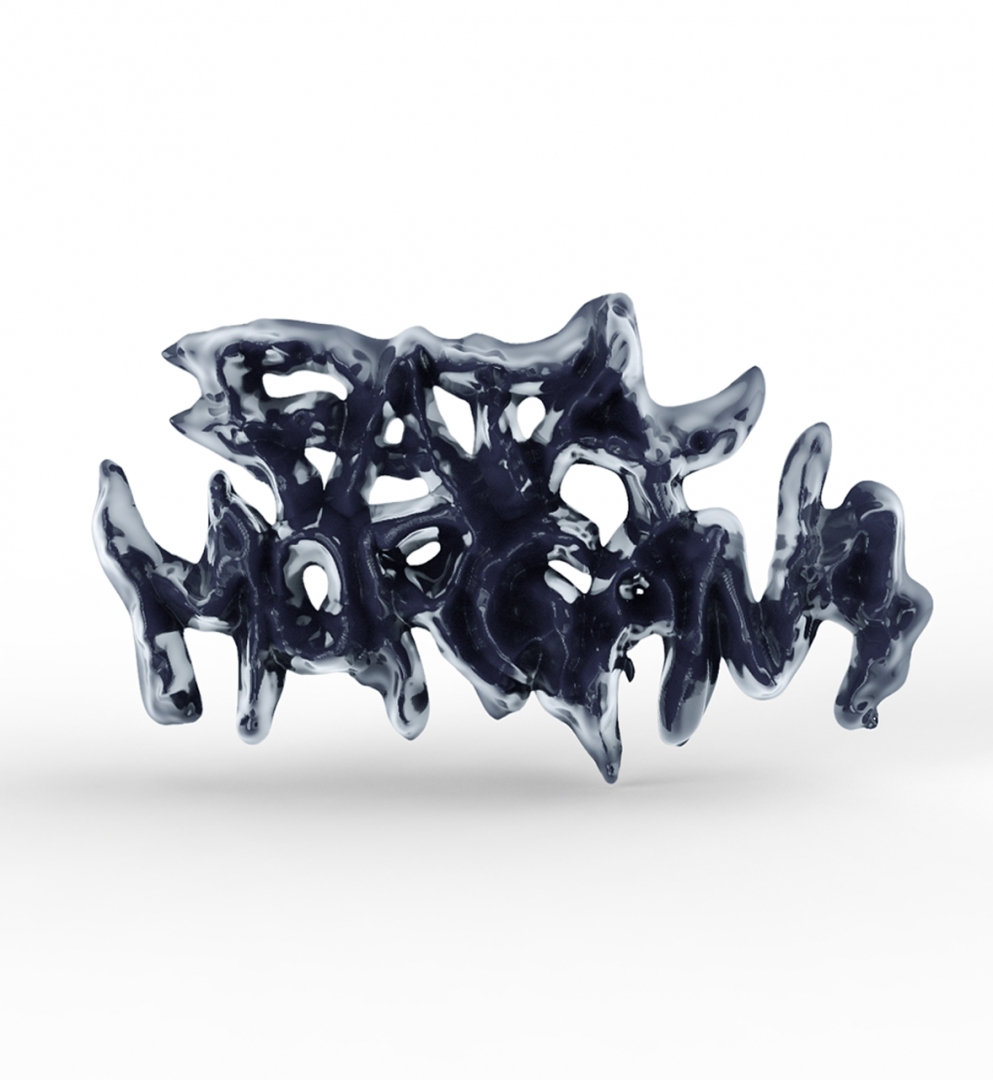Mihkel Maripuu will open his solo exhibition Fata Morgana in Draakon gallery at 18:00 on Friday, October 21st, 2022. Exhibition will be open until November 12, 2022.

Fata Morgana is a phenomenon presenting a complex mirage that stages reality and then will unexpectedly disappear. It usually happens in early morning following a cold night when frozen temperatures will be replaced by the desert heat at dawn of day. A deceptive apparition is created at a far distance – a mystical vision, reality full of illusions, chowing down its own content, is appearing beyond reach on the horizon. Figuratively speaking, fata morgana creates, both as a concept and a phenomenon, parallels between daily news and contemporary post-truth society. What we are dealing here is a manipulation charged with symbols and narrative ambiguity, leading to either short-term or long-term consequences.
Manifestations of amorphous (formless, shapeless) truths are staged in the virtual flow of information. Information is mutually absorbed, every act is performatively charged, every path that is taken is analyzed. Therefore, an artificially unique reality is being designed, created by an individual based on his or her personal interests. And yet, it is still an experience mirrored by a warped and shifted virtual space – a simulation of reality that is often far more real than reality itself. An entropic implosion (that is an inwardly explosion of unsystematic chaos) takes place, an act of macroscopical broadening of microscopical meanings – an infinite speed where everything will disappear immediately after being born. This is not the past but the virtual eternity that is the sum of all possible possibilities, emerging and disappearing at the same moment.
To believe or not to believe?!
Mihkel Maripuu (b. 1987) is an artist whose multidisciplinary practice is characterized by the use of visual, spatial and sound platforms. The artist mainly observes the essence of post-internet in contemporary art, neo-materialism and other subcultural phenomena as well as peculiarities of digital era that have influenced the development of contemporary visual language. Maripuu is analyzing differences between technology and organics as well as the overlapping principles of the potential common grounds. Recent studies have focused on achieving the spatial hybrid experience in real time while applying various media for mutual benefit. As a simulacrum, it would stimulate the experience of those visiting the space and therefore the space itself.
Exhibitions in Draakon gallery are supported by the Cultural Endowment of Estonia, Estonian Ministry of Culture and Liviko Ltd.
Galerii nimi: Draakon gallery
Address: Pikk 18, Tallinn, Estonia
Opening hours: Mon-Fri 11:00 - 18:00 Sat 11:00 - 17:00
Open: 21.10.2022 — 12.11.2022
Address: Pikk 18, Tallinn, Estonia
Opening hours: Mon-Fri 11:00 - 18:00 Sat 11:00 - 17:00
Open: 21.10.2022 — 12.11.2022